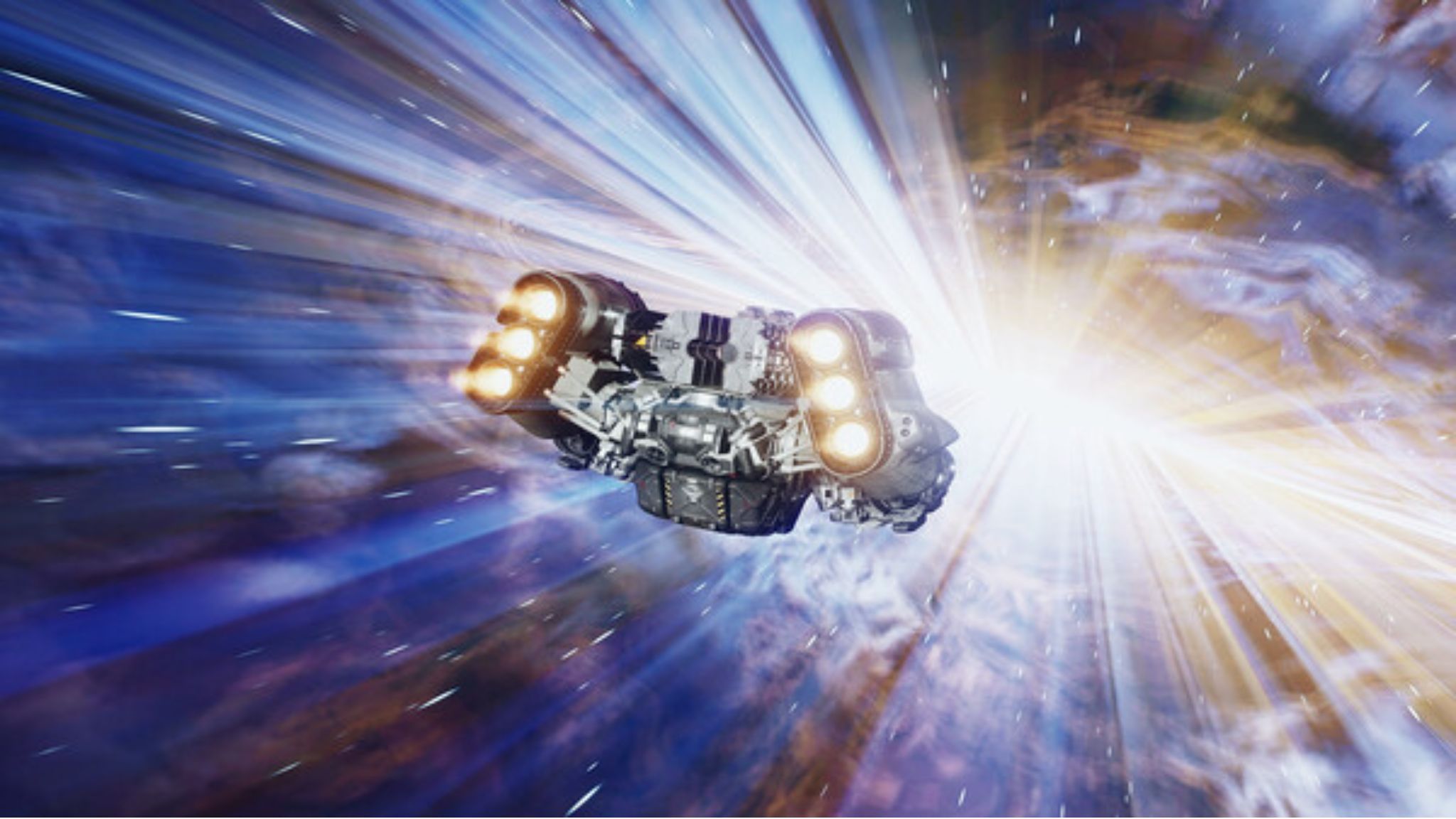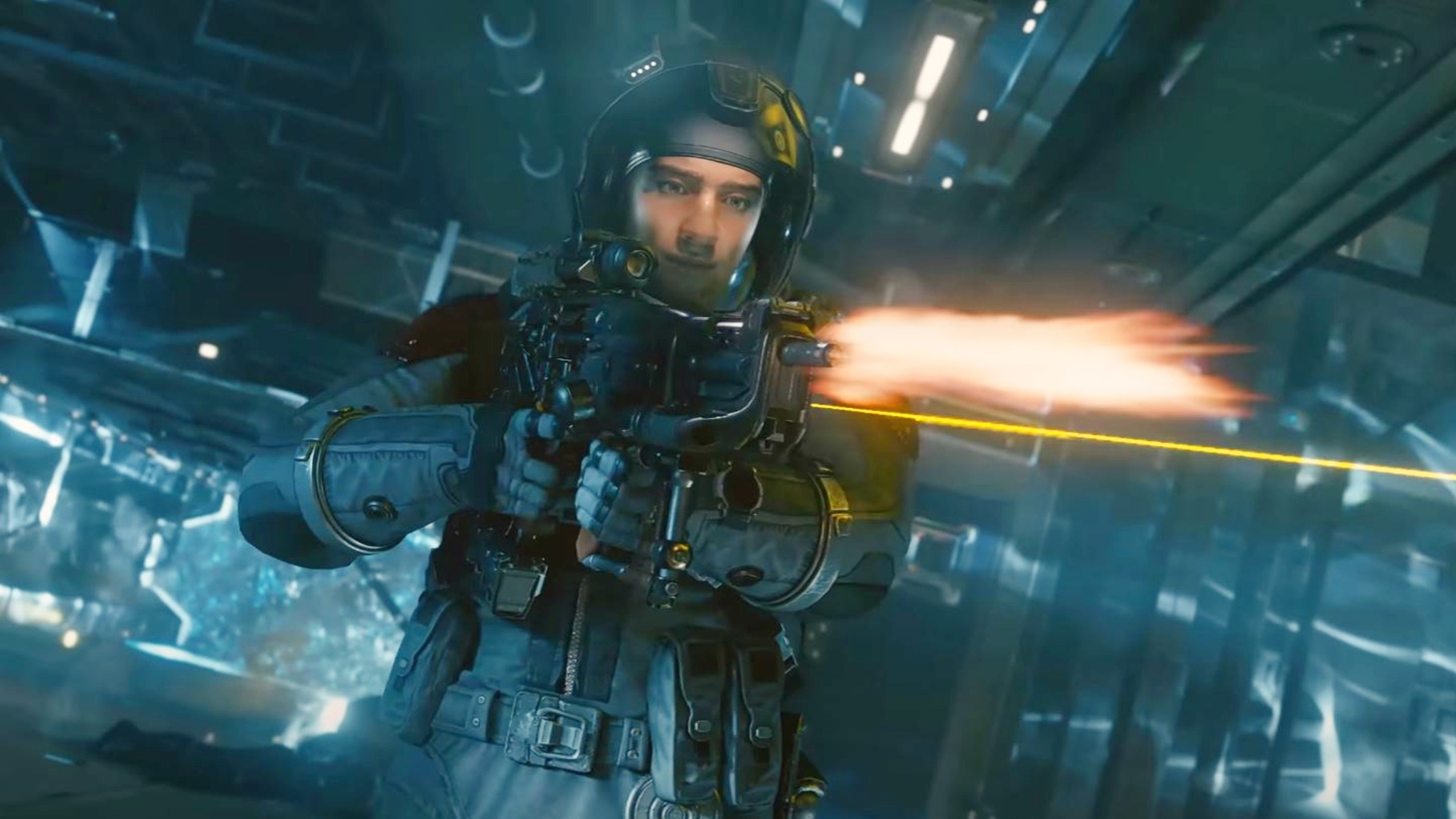
A former developer at Bethesda has shared his thoughts on why Starfield didn’t connect with many players, and his reasoning actually makes a lot of sense. Bethesda is known for creating incredibly immersive worlds in their western RPGs, like their fantasy and post-apocalyptic games, which often have a unique charm. For years, they switched between these types of games, but after Fallout 4, they decided to try something different. Bethesda’s creative director, Todd Howard, had always dreamed of making a space game, and with new technology, that dream finally seemed within reach.
Finally, Starfield arrived – a game promising exploration of hundreds of planets, exciting space combat, and encounters with diverse creatures and challenges throughout the galaxy. It seemed like the ultimate dream come true for science fiction fans. Supported by Microsoft’s resources, Starfield had the potential to be a groundbreaking, big-budget sci-fi RPG… but it didn’t quite live up to those expectations.
Despite positive reviews, player reaction to Starfield was more varied, and people didn’t play it for as long as they did with games like Fallout 4 or Skyrim. Considering it was one of the most hyped games in years, it quickly lost momentum. What caused this to happen?
Starfield Developer Explains Why The Game Didn’t Click With Players

Bruce Nesmith, a systems designer for Starfield, recently discussed why the game didn’t resonate with players as much as anticipated. He feels that while Starfield is a good game, it didn’t quite live up to the high expectations set by Bethesda, the studio known for Fallout and Skyrim. This led to a somewhat disappointing response from fans. Nesmith even speculated that if a different developer had created the game, the reaction might have been much more positive.
Nesmith also pointed out that the game’s reliance on automatically generated content was a weakness. He argued that space, in theory, can be uninteresting, but games like No Man’s Sky have proven that procedural generation can work well if it’s guided by a strong creative vision.
I’ve always loved space and follow astronomy as a hobby, and I actually used a lot of real astronomical data when working on Starfield. However, I think space itself can be quite dull. After all, it’s mostly emptiness, and just traveling through that isn’t very exciting, at least to me.
As a big fan, I really started to lose interest when all the planets felt too similar. It just didn’t give me that sense of wonder and discovery I was hoping for. I also felt let down that most of the real threats came from other people, not from the alien wildlife. There were cool creatures, sure, but they felt like background decoration, like the wolves in Skyrim – they didn’t really matter. I was hoping for a wider range of challenging enemies that could really drive the story forward.
Why This Starfield Developer Is Right

Many have misinterpreted a quote from Nesmith as him disliking space as a game setting, which isn’t accurate. He actually enjoys space-based stories, pointing to successful franchises like Star Wars, Halo, Mass Effect, and Star Trek as proof. His point isn’t that space is bad, but that it needs to be compelling. Planets need to be memorable, alien species truly unique, and the experience fully immersive – it shouldn’t feel like a simple upgrade of Earth.
Bethesda games are famous for their detailed and captivating worlds. Fallout isn’t popular simply because it’s set after the apocalypse; it stands out due to its originality. Features like the retro-futuristic style, using bottle caps as money, the interesting groups and political situations, and the rich backstory all make Fallout different from other post-apocalyptic games. Similarly, The Elder Scrolls doesn’t try to be like Game of Thrones or Lord of the Rings; it’s carefully built into a completely unique world of its own.
Michael Nesmith was right – space feels empty unless you actively shape it and add interesting details. Bethesda’s approach in their games relied heavily on automatically creating content, but this resulted in a galaxy that felt bland. While some planets were carefully designed, they weren’t particularly remarkable, and the vast majority were simply random creations, making the overall experience less engaging than other science fiction worlds.
The game’s environments were bland, and the enemies felt too similar to those in games like Fallout. The aliens weren’t very creative – they were either standard monsters or just looked like humans, which made the world feel less exciting and imaginative.
A new expansion for Starfield is likely coming next year, and that could address some of its current issues. If not, a future sequel could build on the game’s concepts and create a more immersive experience. Ultimately, Starfield needs a more captivating and original sci-fi setting – the current world isn’t quite as impressive as many players hoped for.
https://comicbook.com/gaming/news/starfield-ps5-gets-disappointing-update-from-insider/embed/#
Read More
- When Perturbation Fails: Taming Light in Complex Cavities
- Jujutsu Kaisen Execution Delivers High-Stakes Action and the Most Shocking Twist of the Series (Review)
- Fluid Dynamics and the Promise of Quantum Computation
- Where Winds Meet: Best Weapon Combinations
- FC 26 reveals free preview mode and 10 classic squads
- Hazbin Hotel season 3 release date speculation and latest news
- 3 PS Plus Extra, Premium Games for December 2025 Leaked Early
- 7 Most Overpowered Characters in Fighting Games, Ranked
- TikToker Madeleine White Marries Andrew Fedyk: See Her Wedding Dress
- Why Carrie Fisher’s Daughter Billie Lourd Will Always Talk About Grief
2025-10-27 00:15